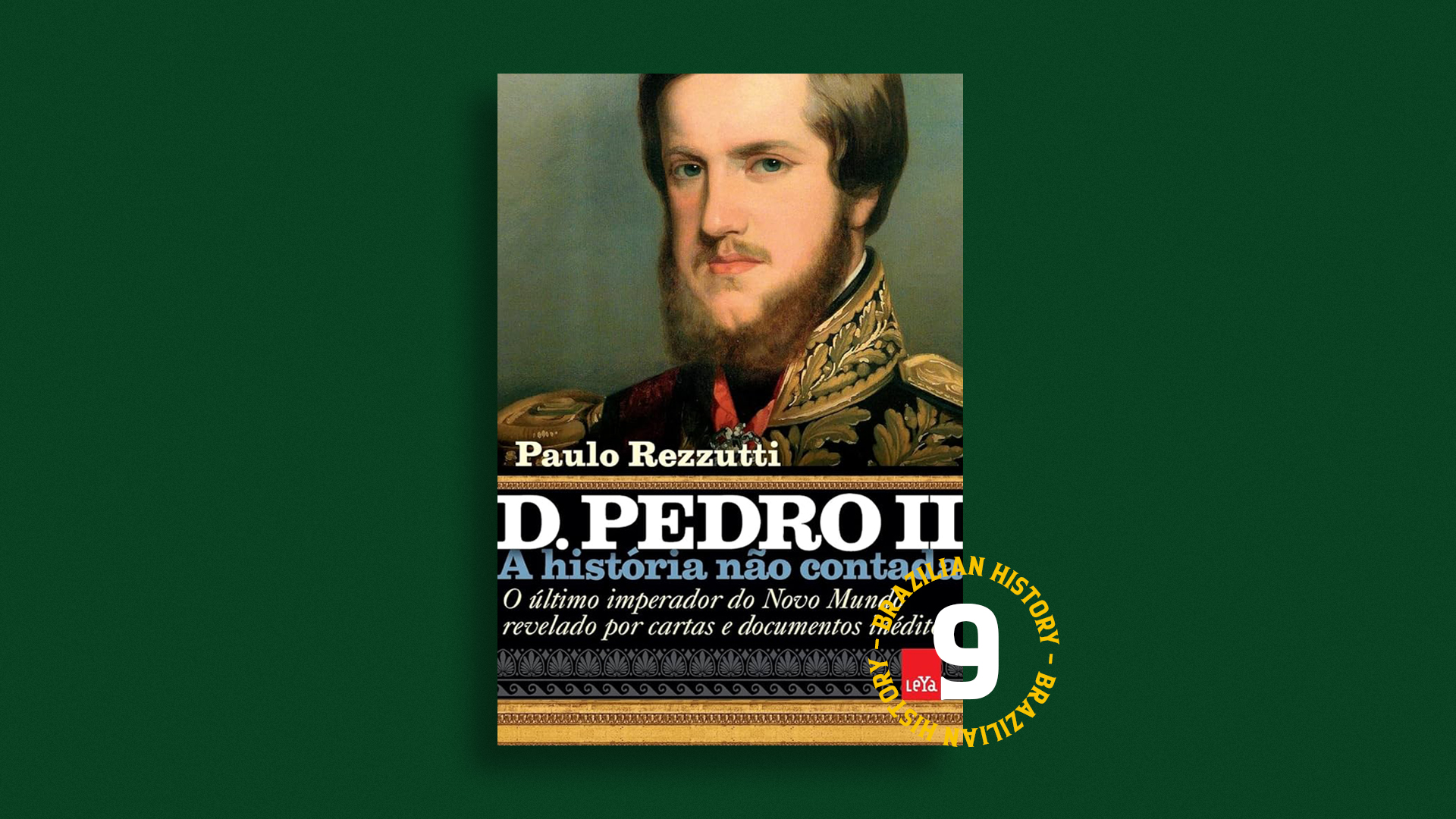The book D. Pedro II – The Untold Story: The Last Emperor of the New World Revealed Through Unpublished Letters and Documents, written by Paulo Rezzutti, offers a profound and unprecedented view of the life of Dom Pedro II, the last emperor of Brazil. With an organized structure and a fluid reading experience, the work is divided into four main chapters: Childhood and Adolescence; The Emperor and Brazil; The Emperor and the World; The Ex-Emperor; in addition to appendices that complement the content.
One of the book’s great merits is the use of primary sources and original documents, allowing Rezzutti to reveal little-known aspects of Dom Pedro II’s life. The narrative is simple and engaging, facilitating understanding and making the reading pleasant and educational.
The book’s prologue is particularly captivating, presenting an overview of the fall of the monarchy and the exile of the imperial family, which piques the reader’s curiosity for the following chapters. Early on, the author also pays tribute to Pedro II’s parents, providing a concise summary of the events in Brazil before the birth of the future emperor.
The first chapter is especially interesting, addressing the people who surrounded Pedro II’s life during his childhood and adolescence, and bringing little-known details from his diaries. A shocking episode described in the book is Pedro II’s aggression towards one of his sisters, revealing a rarely discussed side of his youth.
The book highlights crucial moments in Dom Pedro II’s life, such as the strict childhood that shaped his qualities, the “Golpe da Maioridade” (Coup of Majority), his intimate and respectful correspondences with three women, the difficult choice of the governess for the princesses, the Paraguayan War, his travels to Europe and encounters with great personalities, and the events leading up to the Republican Coup in 1889. The bibliography is rich and well-founded, with many primary sources.
However, the book does have some flaws. Although it contains a section of illustrative images in the middle of the book, it would have been more effective to distribute these images throughout the text to enrich the narrative visually. Additionally, Rezzutti seems to devote a lot of space at the beginning of the book to the life of Dom Pedro I, which could have been more concise to focus more quickly on Pedro II.
Another important criticism is the presence of many typographical errors that were not properly revised before printing. Additionally, the way the citations are presented can be inconvenient, as the reader needs to go to the end of the book to consult the notes instead of finding them at the bottom of the pages.
Reference: REZZUTTI, Paulo. D. Pedro II – A história não contada: O último imperador do Novo Mundo revelado por cartas e documentos inéditos. Brazil: Leya, 2022.


